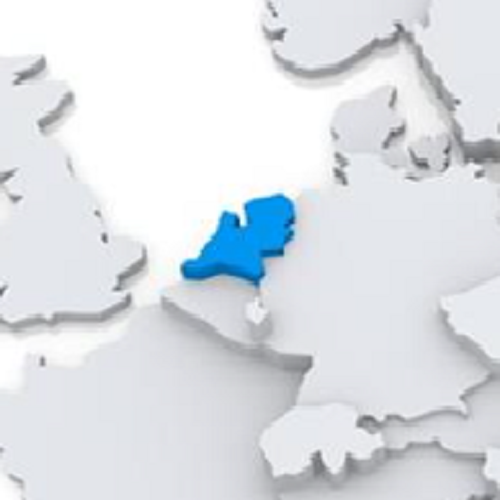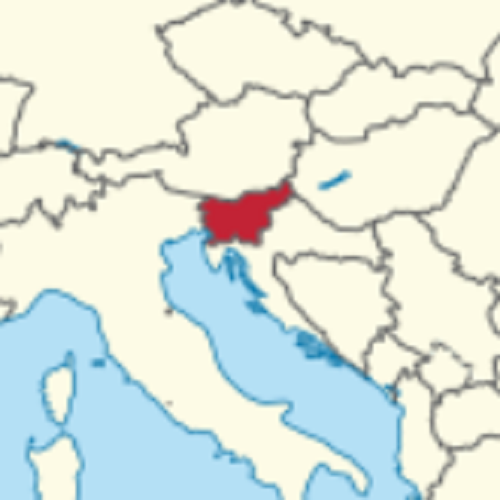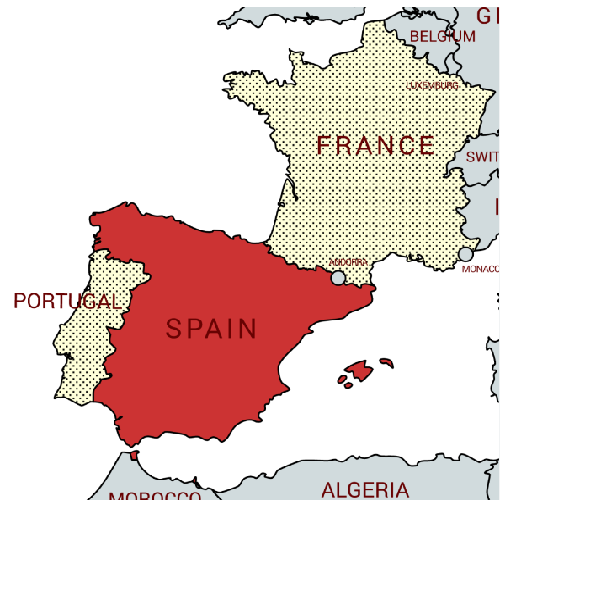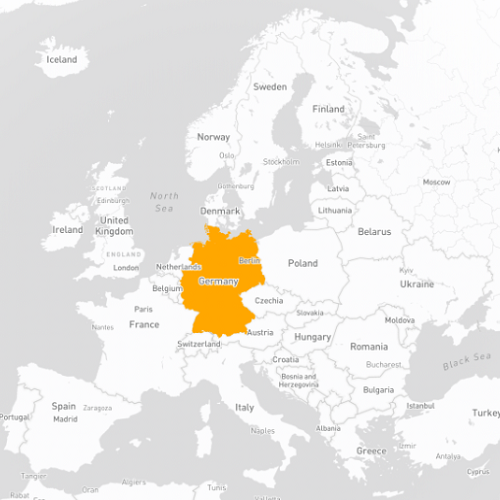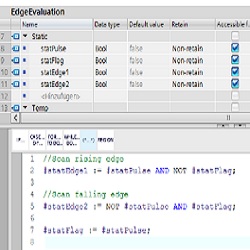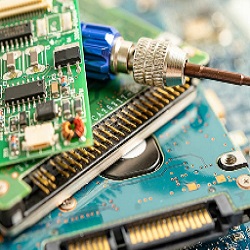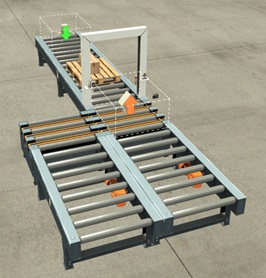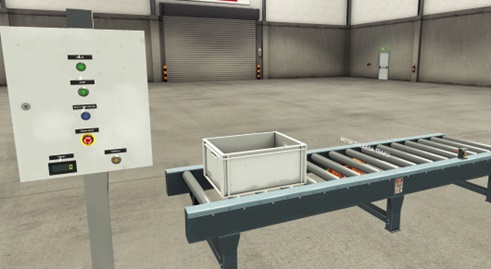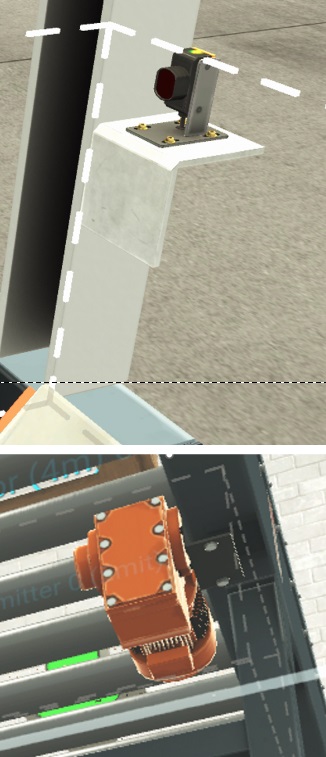
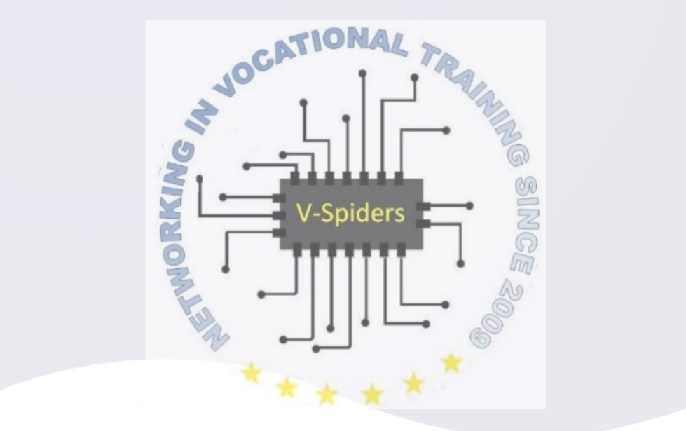
Digital twin for designing a new production line
Digital twins, Industry 4.0, Enhanced reality

Frame story
Students play the role of being members of international team of experts in the same company. They work on the common task, that must be completed and have a successful launch in Ljubljana in May 2024. Groups are not competing but collaborating.
Students are planning a new production line. Already in the planning phase, we have to avoid wrong solutions and unnecessary costs.
Augumented reality and a digital twins technology can be used for simulating production processes, predicting failures, and ensuring product quality.





